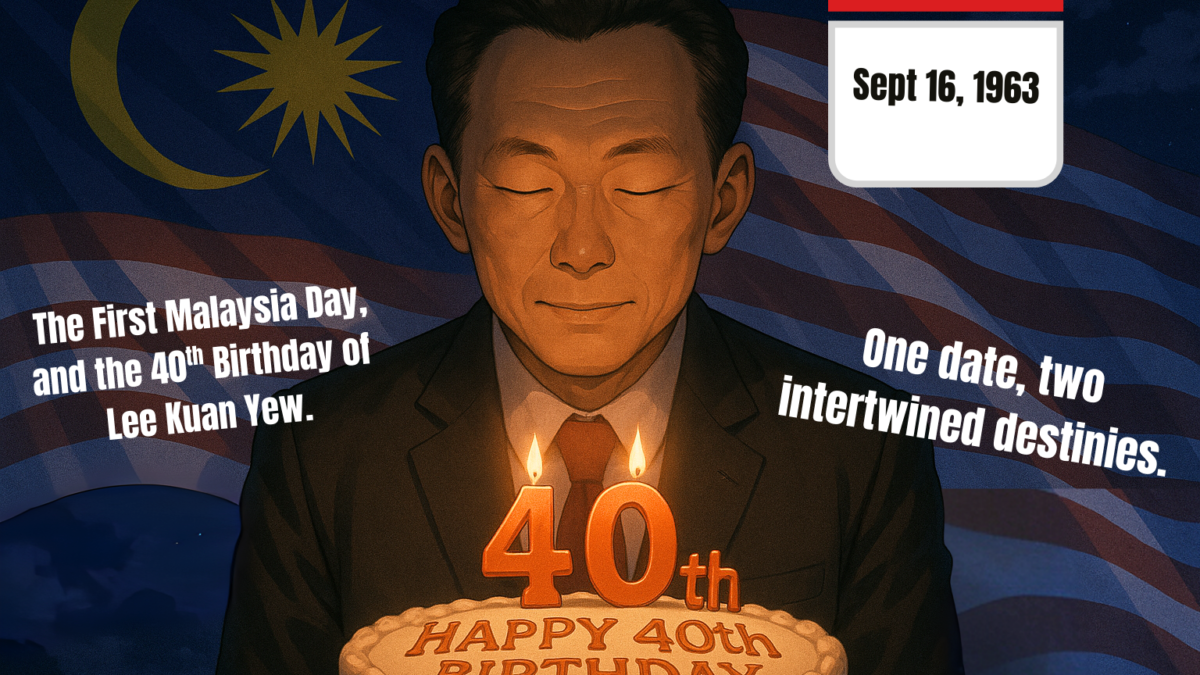IGCSE 0500 First Language English – Narrative Composition: Two Sample Essays

One of the most crucial aspects of any student’s journey is learning how to write well and to understand the criteria for the mark scheme… But how do you make sure that your understanding of the criteria and the mark scheme actually reflects that of an examiner?
This makes it such that it is very important to have good examples…
…And that’s exactly what this essay aims to resolve today!
Here’s a set of two sample essays for Narrative Writing for the IGCSE. Each essay is written to match a specific level descriptor and has been validated with the experience of our team, and reflects the way that we would assign marks based on the mark scheme.
Have a look at this, think about it, and hopefully it will help you to understand what is required and desirable in the exam 🙂
We’ll start with two essays from the Winter 2022 Paper 2; more examples will come soon (and even more for our paid members!), and we will soon publish a book of narrative writing AND descriptive writing essays as well; it will be available on both Shopee and Lazada as well as from this site, so make sure that you’re following this blog!
Without further ado, here are the examples!
Example A:
Title: “Write a story with the title ‘Lost’.” – Winter 2022, Paper 2 Variant 2.
Tom, a 12-year-old boy, lived in a small town surrounded by a vast, mysterious forest. He spent most of his weekends exploring the woods with his loyal dog, Max. They had many exciting adventures, discovering hidden trails, secret clearings, and beautiful wildlife. Tom felt a sense of freedom and wonder every time he ventured into the woods.
One sunny Saturday morning, Tom and Max set out on another adventure. They walked deeper into the forest than they had ever gone before, captivated by the vibrant colours and enchanting sounds of nature. Hours passed, and they were blissfully unaware of how far they had strayed from home.
As the sun began to set, Tom realized they were in an unfamiliar part of the woods. He tried to retrace their steps, but the shadows cast by the towering trees made it difficult to navigate. Panic began to set in as they wandered aimlessly, desperately searching for a familiar landmark.
The sun dipped below the horizon, and the forest was soon enveloped in darkness. Tom’s fear escalated, and Max, sensing his distress, stayed close by his side. As they stumbled through the darkness, they suddenly spotted a flickering light in the distance.
Approaching the light, they discovered a small, old cabin with a warm glow emanating from its windows. Tom hesitated, but he knew they needed help. He mustered the courage to knock on the door.
An elderly man with a kind face and a long, white beard opened the door. Tom nervously explained their predicament, and the man agreed to help them find their way home. He grabbed a flashlight and a map, and together, they set off into the night.
They walked for hours, following the map and the man’s vast knowledge of the forest. The journey was long, and Tom’s exhaustion began to take over. But, just as hope seemed to be fading, they reached the familiar edge of the woods. Tom’s house came into view, and relief washed over him.
Tom thanked the old man, who offered some wise advice before departing. “Remember, young one, the forest can be both magical and dangerous. Always be prepared and respect its power.”
Comment: “The essay “Lost” deserves a level 4 in both Table A: Content and Structure and Table B: Style and Accuracy. The story’s plot is relevant and cohesive, featuring narrative elements such as character development and setting the scene. The content is relevant, with some development (W1), and the structure is competently managed (W2). The story falls short of level 5 as the plot could be more strongly developed with further description, character interaction, or a more effective climax.
For Table B, the essay displays some precise vocabulary and a range of sentence structures used occasionally for effect (W3). The story maintains an appropriate register for the context (W4), and the spelling, punctuation, and grammar are generally accurate, with some errors (W5). It does not reach level 5 due to the vocabulary and sentence structures not being consistently precise or well-chosen for effect.
The essay does not deserve a level 6 because the content is not complex, engaging, or effective enough (W1), and the structure is not as well-balanced or carefully managed for deliberate effect (W2). Furthermore, the vocabulary is not consistently well-chosen for effect (W3), and the spelling, punctuation, and grammar are not almost always accurate (W5).
Lastly, the essay does not deserve a level lower than 4 because it does not exhibit the characteristics of lower levels, such as limited or unclear content (W1), partially organized or ineffective structure (W2), simple vocabulary or sentence structures (W3), or persistent grammatical errors (W5).
Now, on the other hand… What does a Level 6 essay look like?
Have a look!
Title: “Write a story with the title ‘Lost’.” – Winter 2022, Paper 2 Variant 2.
In the quaint town of Willowbrook, nestled in the heart of the valley, nine-year-old Lucy found solace in the dense, enchanting woods that surrounded her home. The forest was her sanctuary, a place where she could let her imagination run wild. Alongside her trusty companion, a golden retriever named Jasper, she would spend countless hours exploring its depths, discovering its secrets.
One day, as the sun dipped below the horizon, Lucy and Jasper ventured further into the woods than they ever had before. They traversed moss-covered trails, played hide-and-seek among the towering trees, and splashed in the crystal-clear stream. As they roamed deeper into the woods, the sun’s fading light cast long shadows across their path, but they continued on, oblivious to the encroaching darkness.
It wasn’t until the last rays of sunlight vanished that Lucy realized they were lost. Panic surged through her veins as she clung to Jasper for comfort, whispering, “We’ll find our way back, won’t we?” The woods had transformed into an eerie, unfamiliar world. Shadows danced in the moonlight, and the once melodic bird songs were replaced by unfamiliar, haunting sounds. Together, they stumbled through the dark, moonlit forest, guided only by instinct and the faint glimmer of hope.
As they pressed on, the forest seemed to close in around them, the darkness growing thicker with each step. Suddenly, they came upon a mysterious, ancient oak tree. It stood tall and majestic, its gnarled roots digging deep into the earth, as though it had been there for centuries. The tree seemed to beckon them, and as they approached, they noticed a glowing inscription carved into the trunk. It read, “Whisper your fears, and I shall show the way.”
With trepidation, Lucy leaned in and whispered her fears to the tree, her breath quivering. As she finished, the inscription shimmered, and a trail of luminous fireflies emerged from the tree, leading them through the darkness. As they followed the swarm, the menacing shadows receded, and the forest gradually regained its familiar allure. The fireflies weaved through the trees, illuminating their path and casting a warm, comforting glow.
The journey through the forest felt like an eternity, but eventually, the fireflies led them to the edge of the woods, where they caught a glimpse of their town’s warm glow. Overwhelmed with relief, Lucy hugged Jasper tightly, tears streaming down her cheeks. Together, they raced towards the town, grateful for the guidance that had delivered them from the clutches of the unknown.
Upon their return, Lucy shared the tale of their adventure with her family, who listened in awe. The ancient oak tree and its magical fireflies became a cherished part of local folklore, a symbol of hope for those who found themselves lost, both literally and metaphorically. And for Lucy, the woods remained her sanctuary, but she never ventured too far from the guiding light of home.
Comment:
The essay “Lost” deserves the highest possible grade, as it demonstrates complex, engaging, and effective content (W1) with a secure, well-balanced, and carefully managed structure for effect (W2). The story plot contains well-defined and developed ideas as well as images to create a convincing overall picture with varieties of focus. As for writing for effect, it contains a good range of sentence structures and precise vocabulary, used effectively for effect (W3), while maintaining a consistent, well-chosen register suitable for the context (W4). Spelling, punctuation, and grammar are almost always accurate (W5).
To improve the story, the writer can incorporate more sensory details to further immerse the reader in the setting. By adding these elements, the essay is able to evoke even more vivid images and emotions, further enhancing the reader’s experience and appreciation.
Okay, and we’re done! 🙂
I hope that you enjoyed this post, and that you will find it valuable!
If you did, do feel free to share it with your friends! We will proceed onwards with descriptive writing examples pretty soon – these will be part of the membership site component of the site materials, and we will also create more of these materials for you soon!
Thank you once again, and we look forward to sharing more with you soon!
V.







IGCSE First Language English – Descriptive Composition: Two Sample Essays
[…] are, you read our set of sample essays for IGCSE narrative composition the other day – well we’re continuing on that thread and providing you with some First […]